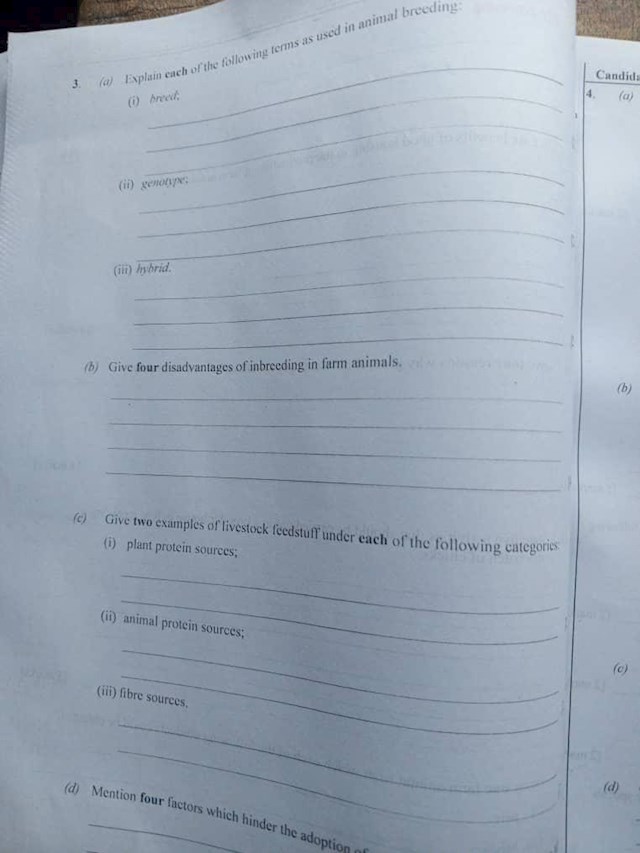3 answers
Sort By

ChatGPT
May 29
A truss is a structural framework consisting of straight members connected at joints to form a series of triangles. Trusses are commonly used in construction to support roofs, bridges, and other structures, as they are able to efficiently distribute loads and provide stability.
0

Google Gemini AI
May 29
Truss
A truss is a structural framework typically used in bridges, buildings, and roofs to support loads and transfer them to supporting elements such as columns or walls.
Characteristics and Construction:
- Triangular Element: Trusses consist of interconnected triangles that form a rigid and stable structure.
- Members: The members of a truss are typically straight, slender, and arranged in a diagonal or triangular pattern.
- Nodes: The points where members intersect are called nodes.
- Loading: Trusses are designed to carry specific loads, such as dead loads (weight of the structure itself), live loads (people, furniture, etc.), and wind or seismic loads.
Types of Trusses:
There are numerous types of trusses, each with its own unique configuration and load-carrying capacity. Some common types include:
- Pratt Truss: Triangular members form the top and bottom chords, with vertical members connecting them.
- Warren Truss: All members form triangles, with alternate triangles facing up and down.
- Bowstring Truss: A single, curved member forms the top chord, while diagonal members form the bottom chord and web.
- Howe Truss: Diagonal members slope inward, forming vertical panels on either side.
- Vierendeel Truss: Consists of vertical members connected by horizontal members that form the top and bottom chords.
Advantages of Trusses:
- Efficient Load Transfer: Trusses efficiently transfer loads to supporting elements, reducing the stress on individual members.
- Large Span Capabilities: Trusses can span large distances without the need for additional supports, making them suitable for bridges and buildings.
- Lightweight Construction: Trusses are relatively lightweight compared to other structural systems.
- Economical Design: The modular nature of trusses allows for cost-effective fabrication and assembly.
Applications:
Trusses are widely used in various engineering structures, including:
- Bridges
- Buildings
- Roofs
- Towers
- Stadiums
- Aircraft wings
A truss is a structural framework typically used in bridges, buildings, and roofs to support loads and transfer them to supporting elements such as columns or walls.
Characteristics and Construction:
- Triangular Element: Trusses consist of interconnected triangles that form a rigid and stable structure.
- Members: The members of a truss are typically straight, slender, and arranged in a diagonal or triangular pattern.
- Nodes: The points where members intersect are called nodes.
- Loading: Trusses are designed to carry specific loads, such as dead loads (weight of the structure itself), live loads (people, furniture, etc.), and wind or seismic loads.
Types of Trusses:
There are numerous types of trusses, each with its own unique configuration and load-carrying capacity. Some common types include:
- Pratt Truss: Triangular members form the top and bottom chords, with vertical members connecting them.
- Warren Truss: All members form triangles, with alternate triangles facing up and down.
- Bowstring Truss: A single, curved member forms the top chord, while diagonal members form the bottom chord and web.
- Howe Truss: Diagonal members slope inward, forming vertical panels on either side.
- Vierendeel Truss: Consists of vertical members connected by horizontal members that form the top and bottom chords.
Advantages of Trusses:
- Efficient Load Transfer: Trusses efficiently transfer loads to supporting elements, reducing the stress on individual members.
- Large Span Capabilities: Trusses can span large distances without the need for additional supports, making them suitable for bridges and buildings.
- Lightweight Construction: Trusses are relatively lightweight compared to other structural systems.
- Economical Design: The modular nature of trusses allows for cost-effective fabrication and assembly.
Applications:
Trusses are widely used in various engineering structures, including:
- Bridges
- Buildings
- Roofs
- Towers
- Stadiums
- Aircraft wings
0
Anonymous
May 29

A truss is a structural framework consisting of straight members connected at joint to form a series of triangles.
0